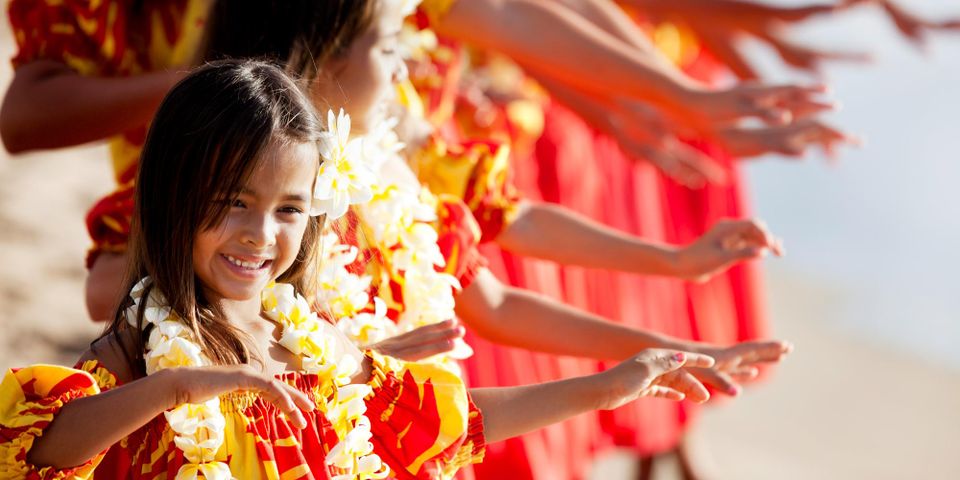
If it’s your first time visiting the Aloha State, you’re likely excited to take in the beaches, waterfalls, and other natural marvels. Your trip also warrants an appreciation of the Hawaiian cultural experience, including long-standing traditions like hula. This dance isn’t about getting fit or letting loose—it’s a medium through which to tell stories and give thanks. If you’re interested in learning more about hula before your vacation, review these frequently asked questions.
What You Should Know About Hula
What kind of dance is hula?
The two defining features of the hula are the swaying of the hips—which mimics the graceful waves of the Pacific—and the soft, expressive movements of the arms. Instead of anticipating the music or chanting and hitting motions right on the beat, hula movements are made in reaction to the notes or words slightly after. This is a nod to nature and the way the palm fronds and ocean gently respond to the wind. The result is a smooth, mesmerizing chain of movements that seem to have no stop and start.
What is its cultural significance in Hawaii?
 The hula belongs solely to Hawaii and is different from the dances of other islands in the South Pacific, such as Samoa and Tahiti. While many tourists encounter the hula during Hawaiian cultural experiences like luau, it stands alone as an art form and is used both for ceremonies, performances, and competitions. For the Hawaiians, hula is a cherished cultural tradition, a way to pass down stories about ancestors and communicate hopes for the future.
The hula belongs solely to Hawaii and is different from the dances of other islands in the South Pacific, such as Samoa and Tahiti. While many tourists encounter the hula during Hawaiian cultural experiences like luau, it stands alone as an art form and is used both for ceremonies, performances, and competitions. For the Hawaiians, hula is a cherished cultural tradition, a way to pass down stories about ancestors and communicate hopes for the future.
What is hula like today?
The ancient ceremonial form hula kahiko is still practiced today and is accompanied by chanting, or oli, sometimes by the dancers themselves. It may also feature drums and other percussive elements.
Modern hula auana may be set to contemporary music, such as a singer with a guitar or ukulele. This style is a bit more casual and may range in tempo from relaxed to upbeat.
How can I show respect for the art of hula?
In addition to being a cultural cornerstone, hula is a rigorous, sport-like activity for many dancers, who train for years to achieve their mastery. If you’re lucky enough to see hula live, refrain from mimicking the dancers or joining in. Simply enjoy the experience as a spectator. Don’t take photos or videos unless given permission, and avoid talking during the performance.
If you’re interested in witnessing the magic of hula yourself, head to Experience Nutridge. This Honolulu estate hosts luau for visitors to mingle and meet new people while bonding over the intimate Hawaiian cultural experience. At this gathering, you’ll taste authentic Hawaiian cuisine and watch dancers perform hula, all while basking in the warm tradewinds. To learn more about this event, visit the website. You can also call (808) 531-5050 to make a reservation.
About the Business
Have a question? Ask the experts!
Send your question

